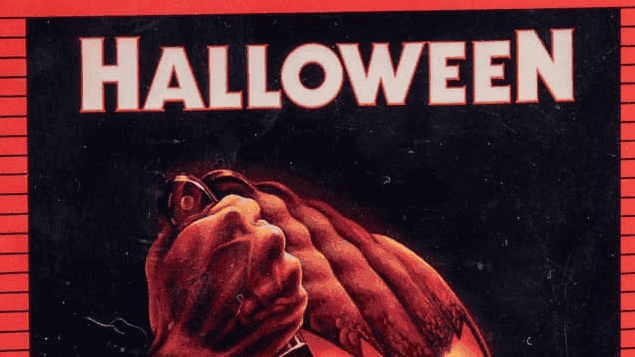Every collectible has a story.
Some are easy to follow, like the value of an athlete’s rookie card or a comic book featuring the first appearance of a beloved character.
Others are less intuitive. On Thursday, for $2,610, an eBay buyer acquired a decades-old, poor condition copy of a universally despised video game: Halloween for the Atari 2600.
That game is one of the rarest Atari titles ever produced, with zero copies in sealed condition known today and a mere six Complete-In-Box (CIB) examples graded by WATA and CGC combined.
To understand why it’s so rare, and why collectors have paid over $10,000 for copies in the past, you need to revisit the early days of the home video game console.
In the late 1970s and early 1980s, as consoles like the Sega and Atari 2600 dominated living rooms across the country, developers were under pressure to deliver an unsustainable volume of new games. Eventually, the overabundance of lackluster games helped lead to the video game market crash of 1983.
One of the most significant causes for the declining quality of the games released over this period was the industry’s embrace of licensed games. Rather than develop original ideas to wow gamers, publishers realized it would be far easier — and potentially more lucrative — to take existing I.P. from movies and comics and adapt them into games.
This way the video game would receive the valuable name recognition associated with the property, like one of the first licensed games, “Fonz,” which Sega released in 1976. Using the “Happy Days” character Fonz, the motorbike racing arcade game was able to benefit from the popular TV show’s cultural cache without innovating too much.
But the majority of these were extremely poorly received games, the most famous of which was “E.T.: The Extra Terrestrial (which was so bad it had to be buried in a landfill).
“B movie” horror producer and director Charles Band founded Wizard Video Games in the early 1980s, producing exactly two video games for the Atari 2600: “The Texas Chainsaw Massacre” and “Halloween.” Both games were extraordinarily violent, just like their original source material, and, as a result, were met with disdain from retailers, critics and gamers alike.

“The Texas Chainsaw Massacre” became one of the first horror video games when it was released in 1982 and quickly found the inclusion of gory details like cow skulls were not exactly marketable, leading many retailers to refuse to stock the game. Sales were abysmal.
That didn’t stop Wizard from giving it another shot, bringing the 1978 smash-hit horror film “Halloween” to the Atari 2600 in 1983 — just as the market began to topple. Though the game was able to utilize the film’s art for the cover as well as the music for its theme, the characters were generalized versions of those from the film. Michael Myers’ stand-in was referred to simply as “the killer.”
The game met the same fate as “The Texas Chainsaw Massacre,” as retailers balked at the game’s violence and refused to carry it. Those who did often kept it behind the counter, available on a request-only basis.
Critics assailed the game and, unsurprisingly, sales floundered. The flop led to the company’s bankruptcy, and, as the remaining inventory was liquidated, games were sold either with no label or with a sticker upon which the word “HALLOWEEN” was hand-written in an effort to cut costs.
It appeared the story ended there, with the two games relegated to the dustbin of video game history — perhaps destined only to be remembered as cautionary tales. But over the years, the demand for horror-related collectibles and rare video games joined forces to create an unlikely item for collectors.
“Those two titles are, in essence, the first suspense horror video games,” said video game collector Janez Ambrozic (@thegraded80s_kid on Instagram), who owns copies of both games, encapsulated by CGC and designated CIB. “It crosses over into so many genres for collectors.”
Much like "Halloween," surviving copies of "The Texas Chainsaw Massacre" are extremely scarce. WATA has graded just two unopened copies (the game was produced without a seal) and only five CIB examples to date. An unopened Wata 7.5 copy sold for $9,300 in 2023.
The recent sale for the Halloween box, cart and manual on eBay was not an anomaly in terms of price. CIB copies have sold for as much as $10,100. A lot containing the cartridges of both games together sold for $1,200. A “Halloween” cartridge featuring the handwritten label sold for $848 in 2021.
The demand is plentiful, not only for the best copies, but even for partial copies.
These are not the typical video game collector grails, like Super Mario Bros., which gains its allure partially from the fact it was actually popular. But there will always be circumstances that create markets for rarities that buck expectations.
For games like these, it’s about the history, at least according to Ambrozic.
“I always like things that are important to the lineage of video games.”
Will Stern is a reporter and editor for cllct.

